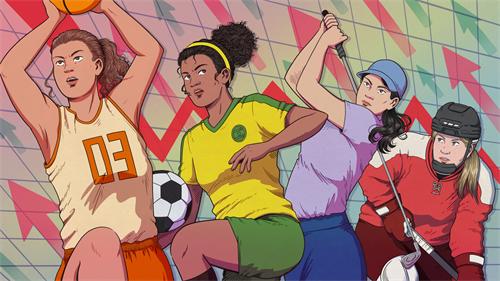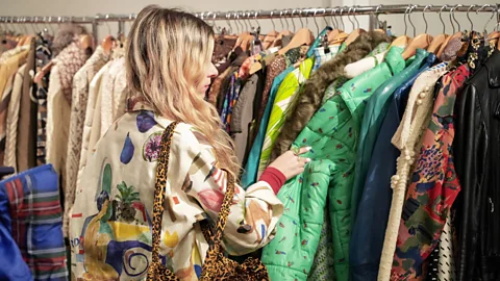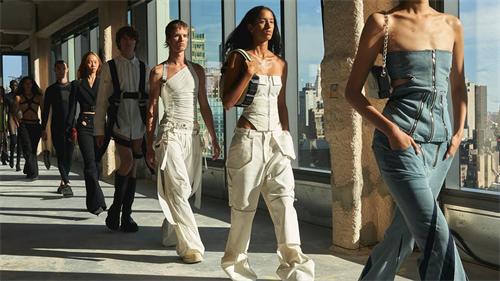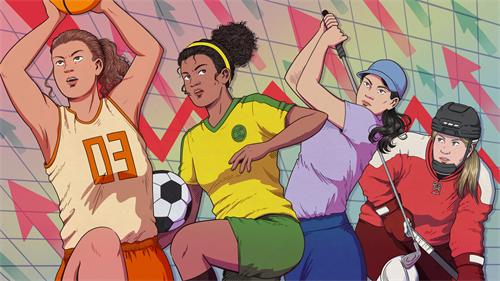Why Women’s Sports Are Finally Getting the Attention They Deserve

Sports have long been a vital stage for showcasing human strength and spirit, but on this stage, the role and contributions of women have been overlooked for far too long. In recent years, however, women’s sports have gradually gained public visibility and are receiving increasing attention and support. This shift is not only a reflection of progress in the realm of sports but also a sign of evolving societal attitudes and a growing awareness of gender equality.
Historically, men’s sports have dominated in terms of attention, investment, media coverage, and commercial value. However, women’s sports are now entering their own era. For instance, the 2023 final of the Southern Brave at Lord’s Cricket Ground in London became the climax of a month-long tournament, drawing a record-breaking 300,000 spectators. Eight matches of the "The Hundred" women’s series ranked among Sky Sports’ top ten most-watched women's sporting events of the year. This clearly demonstrates the growing market and audience interest in women’s sports.
Moreover, the 2023 FIFA Women’s World Cup broke multiple records, with a global audience exceeding 2 billion views. The semi-final between England and Australia attracted over 11 million viewers in the UK alone, making it one of the most-watched television broadcasts in recent years. These remarkable numbers are not just about wins and losses — they are powerful proof that women’s sports are becoming mainstream.
One of the key drivers behind this rise is the emergence of female athletes as role models and influential voices. According to research by Mintel, four out of five British consumers believe female athletes are positive role models for young girls. These athletes not only give their all on the field but also share messages of positivity and healthy living on social media, inspiring more women to get involved in sports.
Take Simone Biles and Naomi Osaka, for example. Both have achieved great success in gymnastics and tennis respectively, and have also spoken openly about mental health challenges. Their influence has pushed women’s sports beyond the boundaries of competition and into broader cultural conversations.
Even with these major advancements, women’s sports continue to grapple with systemic obstacles. A key issue remains the imbalance in how resources are allocated. From prize money and sponsorship deals to training conditions and media exposure, women’s sports consistently receive less support than men’s. In many professional leagues, female athletes earn just a fraction of what their male counterparts do, directly affecting their career stability and long-term development.
There are also societal barriers. In regions where traditional views remain dominant, women are still discouraged or restricted from participating in sports due to family or social pressures. Additionally, the natural role of women in childbearing and family responsibilities often forces many talented athletes to retire or pause their careers during peak years.
To address these issues, major global sports organizations are actively promoting gender equality. The International Olympic Committee has been increasing the number of women’s events at the Olympics and calling for equal prize money and sponsorship opportunities across major competitions. The 2024 Paris Olympics marked the first time in history that male and female athletes will participate in equal numbers — a symbolic milestone for equality in sports.
At the same time, the market is waking up to the immense potential of women’s sports. As women’s purchasing power and interest in fitness grow, more women are not only participating in sports but also following and supporting women’s events. This presents new marketing opportunities for brands. Companies like Nike, Adidas, and Procter & Gamble have invested heavily in sponsoring women’s sporting events, using campaigns that promote values like health, equality, and inclusivity to build emotional connections with their target audiences.
Women’s sports are moving from the margins to center stage. Their development is not only a revolution in the sports world but also a sign of social progress. With continued support through policy reforms, market investment, rising female role models, and shifting public perception, women’s sports are finally receiving the recognition they deserve. Challenges still exist, but as long as we stay committed to fairness, openness, and inclusion, the future of women’s sports will be brighter than ever.
RECOMMEND FO YOU



